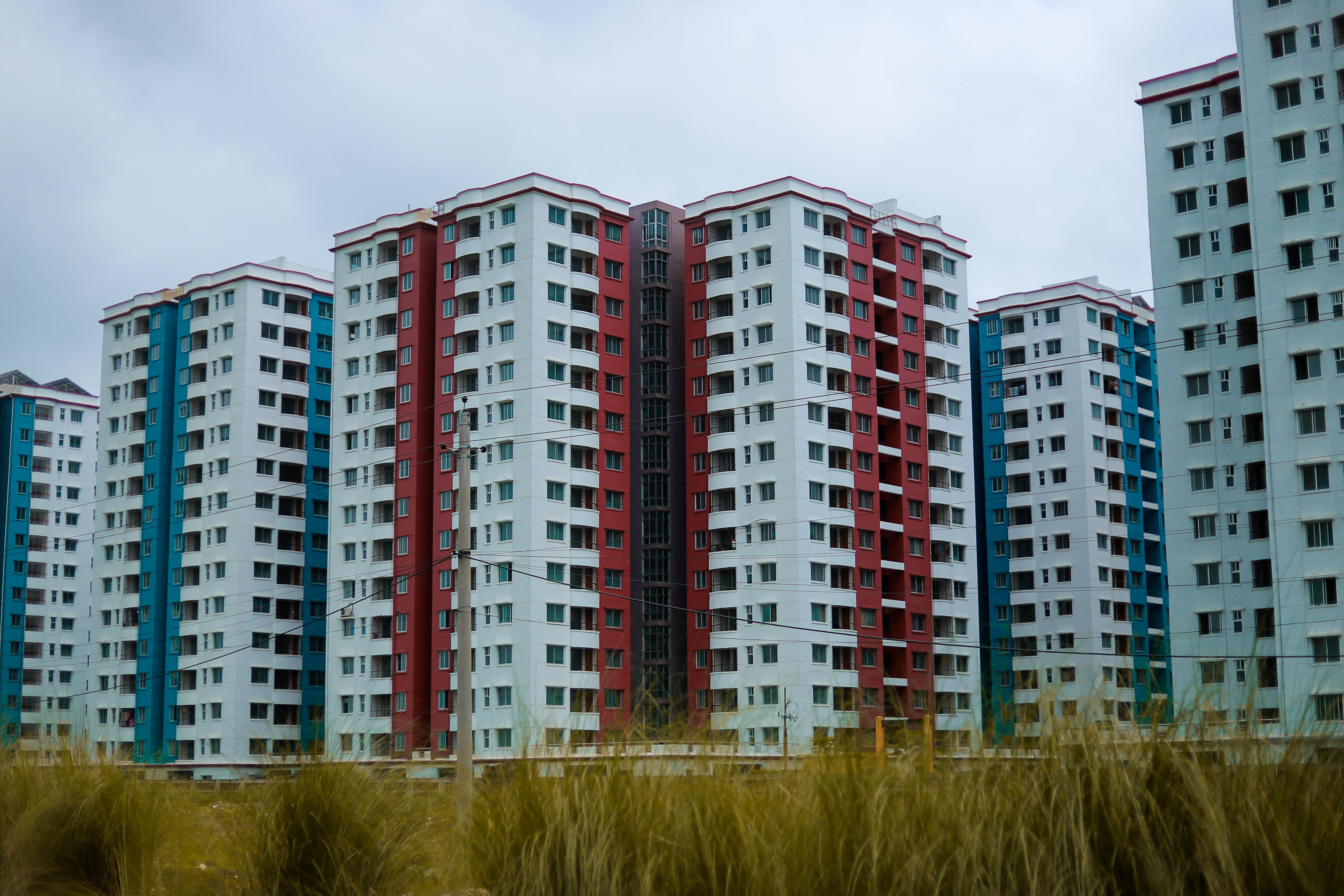Executive Summary: Bangladesh faces a large and growing housing deficit, especially for affordable and low- to middle-income segments. Rapid urbanization, population growth, and limited formal supply exacerbate the issue. The shortage is compounded by financing constraints—both for developers and buyers—due to limited long-term lending instruments, high land and construction costs, and institutional inefficiencies. However, opportunities exist to expand affordable housing through mortgage refinance facilities, public land leasing, blended finance, and innovative construction techniques.
Housing Demand in Bangladesh
The housing demand in Bangladesh is driven by urbanization, population growth, and a large existing housing deficit. Urban areas such as Dhaka, Chittagong, and Khulna experience significant pressure on housing stock and infrastructure. It is estimated that Bangladesh currently faces a deficit of over 6 million units, expected to rise to 10.5 million by 2030.
Key Drivers of Demand:
- Rapid urbanization with ~2 million new urban residents per year.
- Declining household size leading to higher household formation rates.
- Rising middle-income population seeking better housing quality.
- High prevalence of informal settlements and inadequate housing.
Housing Supply and Market Structure
Formal housing supply remains concentrated in high-end markets, while affordable and planned housing are limited. Only about 30,000 new formal housing units are added annually, well below the estimated demand. Land scarcity, high acquisition costs, and weak infrastructure are major obstacles.
- Land acquisition complexity and unclear titles.
- High construction costs due to imported materials and inflation.
- Weak coordination among planning and housing authorities.
- Limited incentives for developers to pursue low-cost housing.
Constraints in Finance Availability
Access to long-term, low-cost finance is one of the biggest constraints in Bangladesh’s housing sector. Mortgage-to-GDP ratio remains under 2%, and financial institutions face maturity mismatches and regulatory caps.
- Short-term deposit base limits mortgage tenors.
- Lack of mortgage-backed securities or secondary markets.
- High interest rates and risk premiums due to legal enforcement delays.
- Limited reach of housing finance to informal income groups.
Opportunities for Affordable and Planned Housing
Despite challenges, Bangladesh offers vast opportunities to develop scalable, affordable, and climate-resilient housing. Public-private partnerships, blended finance, and innovative construction technologies can accelerate progress.
- Establish a Mortgage Refinance Company to provide liquidity for housing finance.
- Promote inclusionary zoning and land value capture to fund affordable units.
- Expand housing microfinance programs for informal and rural households.
- Encourage modular and prefabricated construction to reduce cost and delivery time.
- Leverage green building standards and financing to improve sustainability.
Policy Recommendations and Strategic Roadmap
| Phase | Focus Area | Key Actions |
|---|---|---|
| Foundational (1–2 years) | Reform and Institution Building | Streamline approvals, land titling reform, foreclosure law updates, and create unified housing policy. |
| Financial Architecture (3–5 years) | Mortgage Refinance Facility | Launch housing bond market, promote secondary mortgage platforms, and offer credit enhancement tools. |
| Implementation (5+ years) | Public-Private Development | Scale affordable housing through PPPs, modular housing programs, and green certification incentives. |
Conclusion
Bangladesh’s housing sector is at a crossroads. Addressing the financing gap, improving planning, and leveraging innovative delivery models will be crucial for sustainable urbanization. With coordinated public and private action, millions of households can gain access to safe, affordable, and planned housing—supporting national growth, social inclusion, and economic resilience.
About the Author

Ashif Jahan, MBA
Director & Chief Executive Officer
Ashif Jahan is a visionary executive leader with a 30-year track record of driving strategic growth and creating substantial stakeholder value. His unique synthesis of an MBA in Finance & Economics and a deep background in architecture provides a rare, ground-up expertise in capital-intensive development and investment. He has demonstrated exceptional financial stewardship, directly overseeing a portfolio exceeding $3.2 billion for world-class organizations like St. Jude and FedEx.

